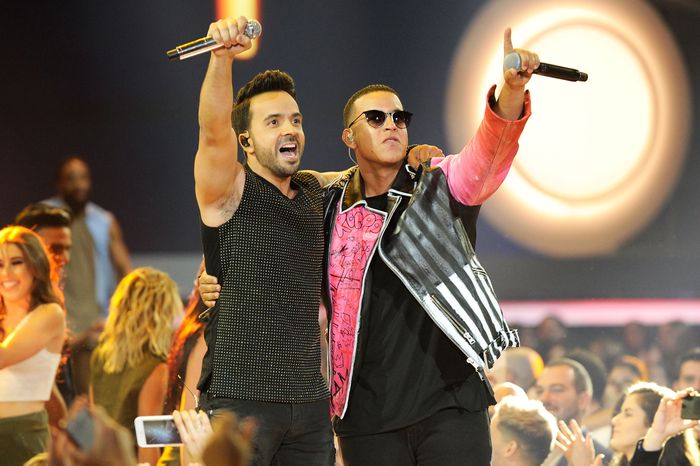Paco Dennis
SF VIP
- Location
- Mid-Missouri

I heard about this musical song phenomena this morning. Itis absolutely mind boggling how fast the world is changing.
"By now you’ve heard it. The smash of 2017, “Despacito” has topped the charts in nearly 50 countries, including an unprecedented run on the U.S. Top 40 for a Spanish-language song. It is now the most viewed and liked video on YouTube of all time, the fastest to rack up 2 billion views and the first to reach 3 billion — and in barely six months, a benchmark that took two years for Wiz Khalifa and Charlie Puth’s “See You Again.” By YouTube’s count, the people of the world have collectively watched “Despacito” for 20,000 hours. No doubt, we’ve sung and danced along for far longer than that.
Unlike the “Macarena,” the song is not a silly novelty. It’s a hit on its own terms, a sexy Spanish sing-along with no special hook aside from its catchy refrains and insistent beat, and it was well on its way before Justin Bieber pulled a Pitbull and jumped on the bandwagon (and gave it a push). A phenomenon like “Despacito” invites speculation and demands analysis. As someone who has studied the history of reggaeton and Caribbean music in the United States, especially in the age of the internet, I have been as fascinated by “Despacito” as anyone. Why this song? Why now?
While I don’t believe in any single magic explanation for the remarkable resonance of “Despacito,” there are a few crucial factors that are worth our attention if we’re curious about this momentous occasion in American and global popular music.
The first is relatively straightforward but not to be neglected: simply put, it’s a good pop song, combining decades of songwriting experience, a weaponized chord progression, inspired performances by seasoned professionals, and access to an international music industry. The second factor helps to explain why “Despacito” was able to break out of the Latin pop realm and into the Anglophone and the global: Audiences had been primed to receive a pop-reggaeton song in the midst of an ongoing and unabated vogue for “tropical” sounds. While either of these two factors could have applied to previous historical moments in pop, the third is the one that most clearly locates “Despacito” in the early 21st century: in short, YouTube."
About a 10 minute read ( the author knows a lot about how this might have occurred )
Here is the Youtube video with over 4 billion plays
I can't figure it out....she says there is a world wide demand for reggaeton and afro beat type back ground rhythms and sounds....why?

